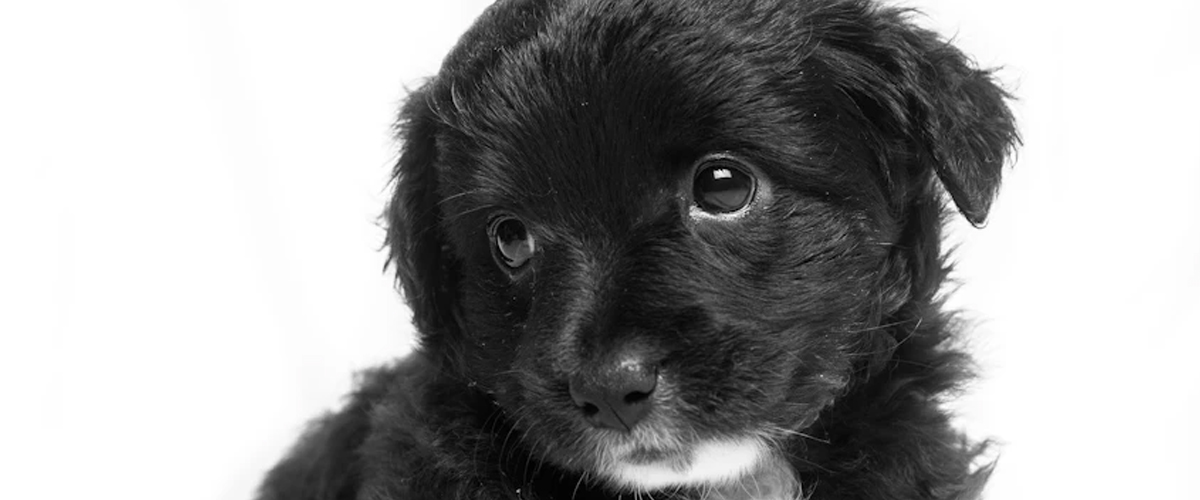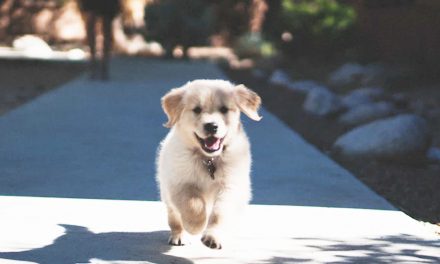The bond between humans and dogs is profound and complex.
This relationship is built upon communication, trust, and understanding.
While we often think of communication as verbal, a significant part of our interactions with our furry companions occurs through body language.
Puppies, with their expressive movements and behaviors, offer a unique insight into their feelings and emotions.
Understanding this connection can greatly enhance our relationship with them and make us more empathetic pet owners.
THE IMPORTANCE OF BODY LANGUAGE
Before diving into the specifics of puppy body language, it’s essential to recognize why body language matters.
Dogs did not evolve as verbal communicators.
Instead, they rely on an array of physical cues to convey their feelings and intentions.
A wagging tail, a lowered head, or a tilted ear can all tell us something about what a puppy is experiencing in any given moment.
For puppies, who are still learning how to navigate their environment and relationships, these signals are especially critical.
RECOGNISING EMOTION THROUGH BODY LANGUAGE
Puppies, just like humans, experience a wide range of emotions—from joy and excitement to fear and anxiety.
Here’s how you can begin to decipher their emotional state through body language:
1. Joy and Excitement:
When a puppy is happy, you’ll often see a wagging tail that moves in a wide arc.
Their ears may also be perked up, and they might have a playful bounce in their step.
Often, you’ll notice them rolling onto their backs or play-bowing, indicating their readiness for play and interaction.
2. Fear and Anxiety:
A frightened puppy may exhibit quite the opposite behavior.
Their tail will be tucked between their legs, and they may avoid eye contact.
Ears pulled back against the head and a lowered body posture are also signs of fear, indicating that the puppy feels threatened or uncomfortable.
If you notice these signs in your pup, it’s essential to create a safe and calm environment to help them feel secure.
3. Aggression or Defensiveness:
In scenarios where puppies feel cornered or protective, you may see signs of aggression, such as a stiffened body, raised hackles, growling, and a fixed gaze.
It’s crucial to recognize these signs and provide guidance on how to handle the situation appropriately without escalating the fear or aggression.
4. Relaxation and Contentment:
When a puppy feels safe and happy, they’ll display relaxed body language.
You might see them lying down with their belly exposed, eyes half-closed, and even soft yawns.
These behaviors illustrate trust and comfort in their environment.
THE HUMAN EMOTION CONNECTION
Interestingly, there exists a two-way street in the relationship between human emotions and puppy body language.
Our emotional states can influence how puppies interpret our body language and respond to us.
For example, when you are calm and patient, your body language—slouching, a soothing tone, and gentle movements—can help a puppy feel secure.
Conversely, if you’re anxious or stressed, your puppy may pick up on these feelings and become restless or fearful.
It’s vital to manage your emotions when interacting with your puppy since they are remarkably tuned into our feelings.
TRAINING WITH EMPATHY
Understanding the connection between human emotions and puppy body language can transform training sessions into positive experiences.
Using positive reinforcement—treats, praise, or affection—while being mindful of the emotional state you project can create a more productive learning environment.
When a puppy feels relaxed and supported, they are more likely to engage and learn effectively.
CONCLUSION
Puppies are more than just pets; they are companions with complex emotional lives, much like humans.
By taking the time to recognize and interpret their body language, we deepen our understanding of their needs and emotions.
In turn, being mindful of our own emotional states fosters a harmonious relationship that benefits both parties.
Embrace this connection, and watch as your bond with your puppy flourishes—a relationship enriched by understanding, empathy, and love.








